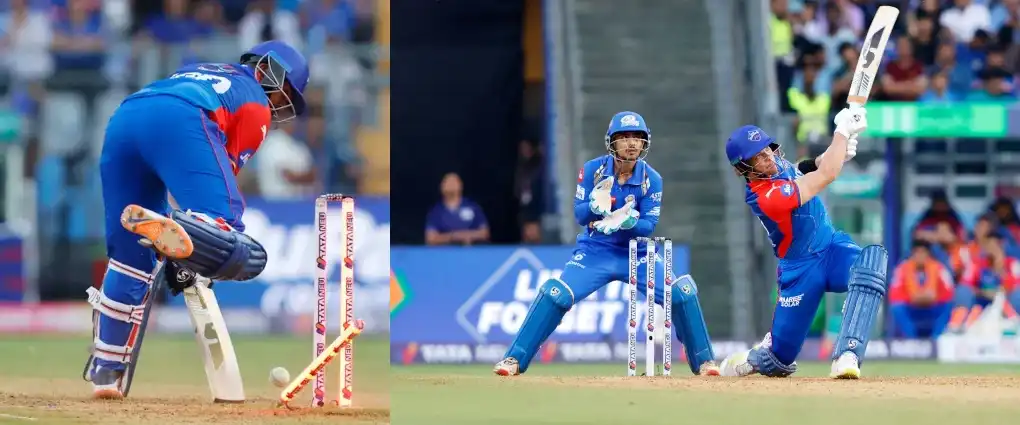The 2023-24 season of Indian football was a bustling period of activity, with an impressive array of 16 different domestic competitions organized by the All India Football Federation (AIFF). These competitions spanned leagues, cups, national championships, and club and state tournaments, encompassing both men’s and women’s football.
A Season of Records
The season was remarkable not only for its breadth but also for its record-breaking participation. Over 11,000 players took part in a total of 1,532 matches, according to a media release by AIFF. This level of engagement underscores the growing enthusiasm for football in India.
I-League Triumphs and Tribulations

The I-League season, featuring 13 teams, ran from October 28, 2023, to April 13, 2024. Mohammedan Sporting Club had a standout season, dominantly clinching the championship with 52 points from 24 games. Their victory earned them a promotion to the prestigious Indian Super League, provided they meet the club licensing criteria. Sreenidi Deccan FC secured the runners-up position for the second consecutive year.
However, it was a season of disappointment for Imphal-based TRAU FC and NEROCA FC, who faced relegation after finishing at the bottom of the league table. On a brighter note, Gokulam Kerala FC’s Alex Sanchez shone as the top scorer with an impressive tally of 19 goals.
I-League 2: The Battle for Promotion
The I-League 2 witnessed intense competition among eight teams in a pan-India home-and-away format. The league spanned from January 20, 2024, to April 27, 2024. Sporting Club Bengaluru emerged victorious and earned their promotion to the second tier for the first time in their history. Dempo SC also made a triumphant return to the I-League after a nine-year hiatus.
Conversely, Maharashtra Oranje FC and Mumbai Kenkre FC faced relegation from I-League 2 after finishing in the last two spots. Thomyo L Shimray of SC Bengaluru and Sahil Harijan of United SC shared the spotlight as top scorers with 11 goals each.
Inaugural I-League 3: A New Beginning
The inaugural I-League 3 marked a new chapter in Indian football as it served as a qualifier tournament for I-League 2. A total of 25 clubs vied for three coveted spots in an intense competition that began with a group stage played in a centralised venue following a single round-robin format.
The play-offs in Goa were the final battleground where Sporting Clube de Goa emerged as champions of this inaugural league. They were joined by Dempo SC and Sporting Club Bengaluru in securing their places in I-League 2.
This season has been one of growth and excitement for Indian football, setting new benchmarks and paving the way for future talents to emerge on both national and international stages.
From Humble Beginnings to Glitz: The Story of India’s Football Leagues
Football, fondly called soccer in some parts of the world, has a long and rich history in India. However, the concept of a national football league is a relatively recent development. This article explores the origins and evolution of India’s football league system.
Early Days: Regional Tournaments and the National Football League (1996-2007)
While local and regional tournaments existed for decades, the first attempt at a nationwide football league in India came in 1996 with the National Football League (NFL). Formed with the aim of developing the sport and providing a platform for Indian footballers, the NFL was semi-professional. However, the league faced challenges, including financial constraints and a lack of infrastructure.
A New Era: The I-League (2007-Present)
Recognizing the need for a more professional structure, the All India Football Federation (AIFF) – the governing body for football in India – revamped the league system in 2007. The I-League emerged as a fully professional league, featuring clubs from across the country. The I-League continues to be a vital platform for Indian footballers and clubs, fostering domestic talent and competition.
The Rise of the Indian Super League (ISL) (2013-Present)
In 2013, a new chapter began with the launch of the Indian Super League (ISL). Founded by IMG-Reliance, Star Sports, and the AIFF, the ISL aimed to further elevate Indian football by incorporating a franchise model and attracting marquee international players. The league featured a shorter season format and a focus on high-profile matches and celebrity ownership, generating significant interest and viewership.
A Two-Tier System and Looking Ahead
Today, India boasts a two-tier league system. The I-League remains the top division for promotion and relegation, while the ISL operates as a separate franchised league. Both leagues contribute to the development of Indian football, offering a pathway for players and fostering a competitive environment.
The Indian football league system, though relatively young, has come a long way. With continued investment, infrastructure development, and strategic growth plans, the future of Indian football on the national and international stage appears bright.





